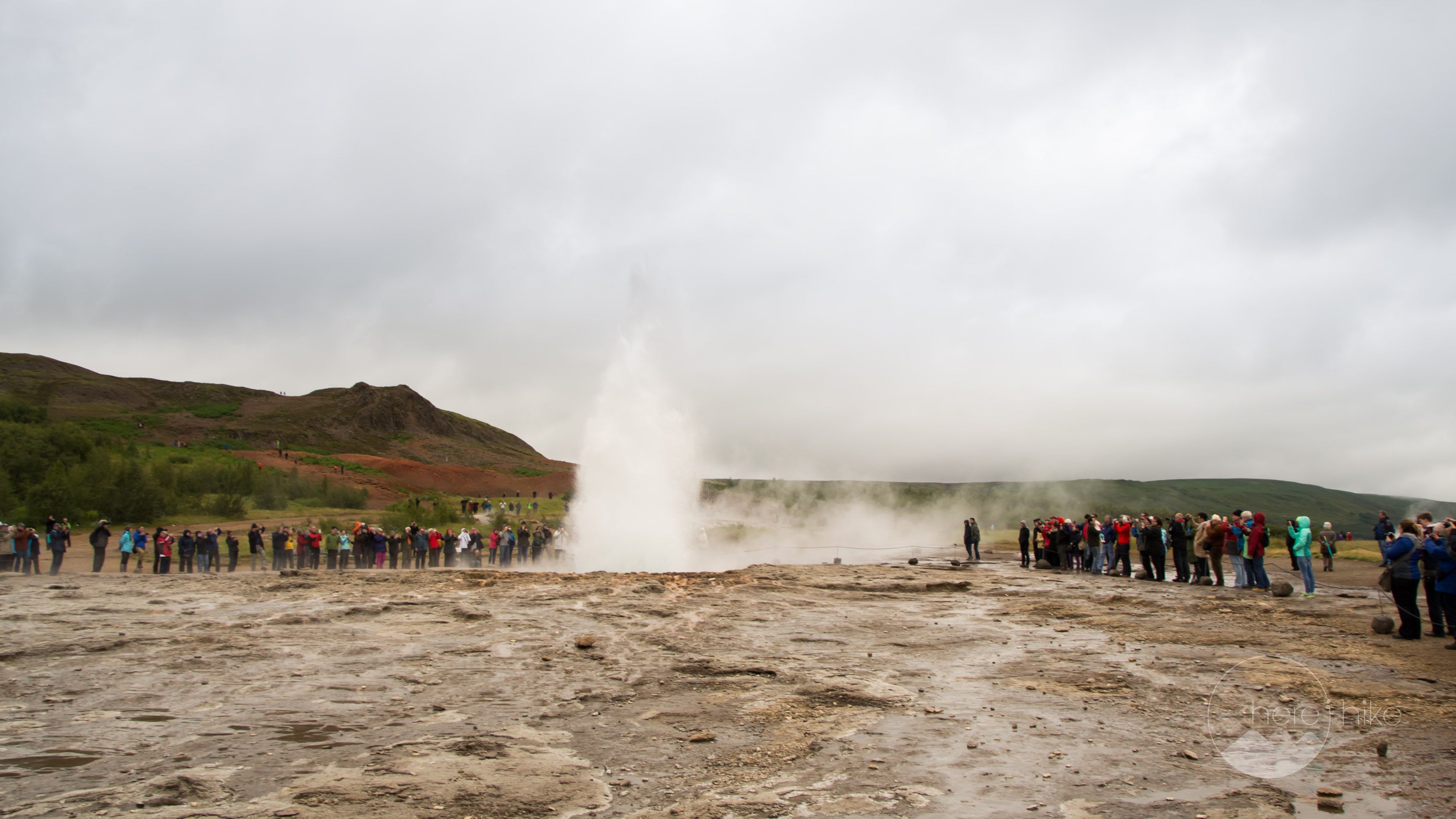
13 Oct Honeymoon in Iceland – Day 2: Geysir and Our First Volcanic Desert
Long story short of our Iceland Honeymoon day 2: Geysir, Gullfoss waterfall and the story behind it, viewpoint towards Hekla, meeting the traditional Icelandic architecture at Þjóðveldisbærinn and finally a peaceful walk in the “Martian land” of the volcanic desert near lake Þórisvatn.
Our day on Google Maps
From Geysir we continued on road 35 in the direction of Gullfoss and afterward we returned the same way and headed south on road 30. After this we drove east on road 32 and on road F26 (Sprengisandsleid).
Funny morning: after 12 well deserved hours of sleep we woke up in a misty sulfurous air. What is this? We hurried taking a shower (400 ISK – Icelandic Krona / person in Geysir Camping) and took the car to see where this smelling fog-ish phenomena is coming from. We just realized, then, that it was coming from 100-150 meters away from our camping and it was exactly THE notorious Geysir from Iceland! Probably we were too tired last night to calculate this.
Geysir Geothermal Park
Here, it’s like you are anywhere in the Universe but Planet Earth! The water temperature that comes from the deep earth is between 80 and 100 Celsius degrees and the puddles have such interesting colors, from green to blue or even grey. Of course the cherry on top is the super big Geysir that explodes every 4-5 minutes and throws towards the sky a 10-20 meters high jet of hot water and vapors!
As we entered the park, we saw the little Geysir continuously boiling its water there, but we quickly headed towards the big fellow and in the moment we arrived there, it burst out with a huge jet and tremendous vapours that covered a good part of the tourists in pleasantly hot water. It was so funny to see them caught there with no time to react! As a side note here, there is absolutely no danger if you follow the rules and walk on the tourist paths carefully. Keep in mind that the water can be 100 degrees Celsius hot and the soil is unpredictable so it is dangerous to adventure on unmarked areas. Follow the rules and stay safe!
Above Geysir there are two deep-blue little natural pools. In one of them, this pure blue continues to become more and more saturated as you look, because this one comes from an underground cavity. Too bad water is so hot that probably there is no way to find out what is hidden inside there.
Just above this, we admire an emerald green color one. The colors from here can really inspire artists!
And the last one is an elegant grey that spreads its steam across the area.
As a humble tourist with poor geological knowledge I keep wondering what elements give these colors to the water and how come that they don’t combine being so close? But some questions are not even so important to answer. Sometimes wondering with no answers can be itself relaxing and a good reason to free your mind and start shaping your own theories and ideas. I, myself, do this some times and it always ends up with a big childish smile on my face.
Gullfoss Waterfall
Now we are prepared to see Niagara’s little sister – Gullfoss waterfall. For those of you that have seen really big waterfalls it may only be another nice one but for me, this was amazing! The majestic fall is continuing its writhing water course into a long lava canyon with steep dark brown cliffs and green tops. I just have the feeling that this country will simply conquer every bit of my heart without any effort!
And the waterfall has a nice story behind, being rescued by Sigríður Tómasdóttir, a strong Icelander that fought against the British that had plans on destroying the waterfall and using it to generate electricity. The story starts in the early 1900 and goes under the motto “I do not sell my friends!”. She managed to save this waterfall by convincing the State to declare it National Patrimony and protect it.
The short stop on the road to cook our lunch ended up being a funny scene, under the close surveillance of the curious brown cows that stood in line near the car, watching us.
So we left this for another wonder we are about to witness: Sprengisandsleið also called the road F26 that represents the oldest and most stunning road that cuts the Highlands through the middle of the country, from North to South, through lava fields, lava deserts and glaciers. But just wait for it, because we have a few more things to see until we reach Sprengisandsleið.
View towards Hekla active volcano
Somewhere near Thjorsa river, on road 32 there is a spot you shouldn’t miss on your way. A small dirt road on the left side (as you head East) that splits from road 32 to climb on a little cliff just above the road and the river.
From the top, you can admire the opaque color of the uncoiled Thjorsa river that spreads all over the place and far in the distance, one of the most active volcanoes of Iceland: Hekla, that erupts every 15 years. The climb up there is very short, maybe 10 minutes and also easy but the view really is worth it.
Þjóðveldisbærinn Stöng
Next stop before our final day destination is the Viking traditional farm Þjóðveldisbærinn Stong – a nice small complex of the famous traditional Icelandic houses, covered with soil, moss and green grass. Too bad we could only visit them from the outside, as the touristic season ended on the 31st of August, but it was really nice admiring them and the waterfall in the background.
Sprengisandsleið: the wonderful volcanic desert and Þórisvatn lake
But since our day did not ended yet, nor our amazement, we took off on a narrow wooden bridge towards Iceland’s Highlands – a magic place that you could swear is not on this planet!
It’s here where we encounter the first volcanic desert! We could never imagine this beauty of ebony-like dusty ground, prolonged in the distance by mild mountains covered in the deepest green of stubborn mosses that hang on well to the black rocks.
Þórisvatnis Iceland’s biggest fresh-water lake, with a surface of 88 square kilometers and a delightful volcanic color.
Even if the road is in a really good condition so far (better than other roads we are about to witness that are not closed for regular small cars) we decided to pull over and spend the night somewhere in a small parking place with an excellent view point. Good to know, as a general rule, in Iceland F roads are considered off-roads, as such, you are advised to only go there with 4×4 cars and sometimes monster Jeeps.
So far, I believe that this is the most amazing place I ever met in my life! This dramatic image builds up a stunning beauty in front of the watcher. This is simply something you can’t ignore, something you can’t just understand looking at a beautiful picture and most certainly something you won’t forget.
We sealed this day with a nice good Icelandic beer and a bit of volcanic desert yoga. You have to see, feel and breath Iceland to really understand the depth of its beauty!
Hope you found the information helpful and accurate, but remember, if you have any questions drop them in a comment below!
More from Iceland
-
Honeymoon in Iceland … off we go!
The vast majority of people, choose for their honeymoon an exotic warm place with excellent rates as...
-
Honeymoon in Iceland: Complete tour of Iceland in 12 days
Iceland for our honeymoon was the best thing to do ... ever! So check out our complete tour of Icela...
-
Honeymoon in Iceland – Day 1: Trollafoss, Oxararfoss and Thingvellir
Long story short of our Iceland Honeymoon day 1 in South West Iceland: Reykjavik - landing, car rent...
-
Honeymoon in Iceland – Day 2: Geysir and Our First Volcanic Desert
Long story short of our Iceland Honeymoon day 2: Geysir, Gullfoss waterfall and the story behind it,...
-
Honeymoon in Iceland – Day 3: Haifoss and Our First Black Beach
Long story short of our Iceland Honeymoon day 3: Today is a sunny day and as such, we will be going ...
-
Honeymoon in Iceland – Day 4: Vatnajokull National Park, Moss Canyon, Lava Fields and Glaciers
Long story short of our Iceland Honeymoon day 4: Today’s end destination is the resort Skaftafell lo...
-
Honeymoon in Iceland – Day 5: Jokulsarlon Glacier Lagoon
Long story short of our Iceland Honeymoon day 5: We have landed in the Blue Lagoon and when I say “i...
-
Honeymoon in Iceland – Day 6: Mytvan Nature Baths and The Magic Volcanic Desert
Long story short of our Iceland Honeymoon day 6: So we started with a fresh hike in the morning, fol...
-
Honeymoon in Iceland – Day 7: Akureyri, Hverir and the Wonders of the North!
Long story short of our Iceland Honeymoon day 7: we slept on the hottest place in Iceland, we climbe...
-
Honeymoon in Iceland – Day 8: The Northern Lights and Hvisterkur
Long story short of our Iceland Honeymoon day 8: We start our eighth Icelandic honeymoon day under t...
-
Honeymoon in Iceland – Day 9: Kirkjufell, Snæfellsjökull and the Atlantic
Long story short of our Iceland Honeymoon day 9: We started off with a coffee in Grundarfjörður, a p...
-
Honeymoon in Iceland – Day 10: Whale watching in the Atlantic
Long story short of our Iceland Honeymoon day 10: And we woke up again with the sun in our face! We ...
-
Honeymoon in Iceland – Day 11: Reykjanes Peninsula, a Wonder!
Long story short of our Iceland Honeymoon day 11: busy day today! Apparently the little Reykjanes Pe...
-
Honeymoon in Iceland – Day 12: Visiting Reykjavik
Long story short of our Iceland Honeymoon day 12: With small steps and much sorrow in our hearts we ...
-
Honeymoon in Iceland – The Road Trip
Find out the best way to do the Complete Iceland Road Trip in order to maximize your time there and ...




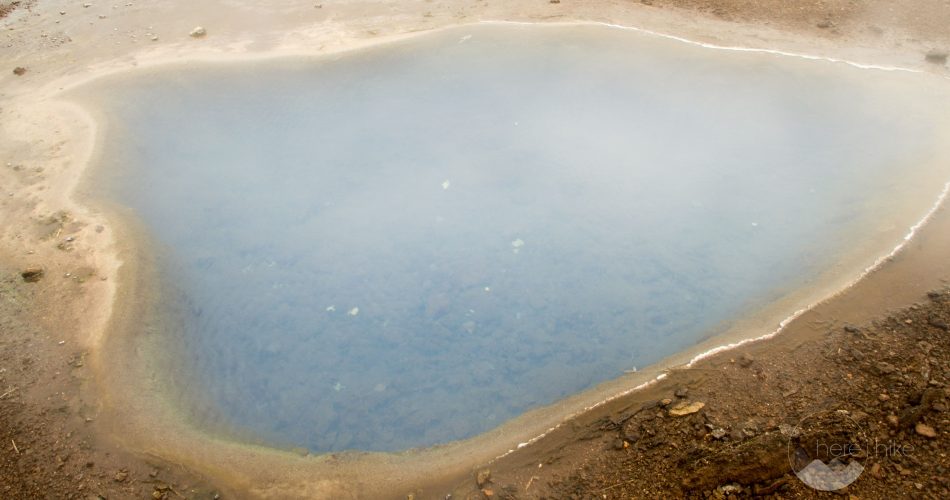
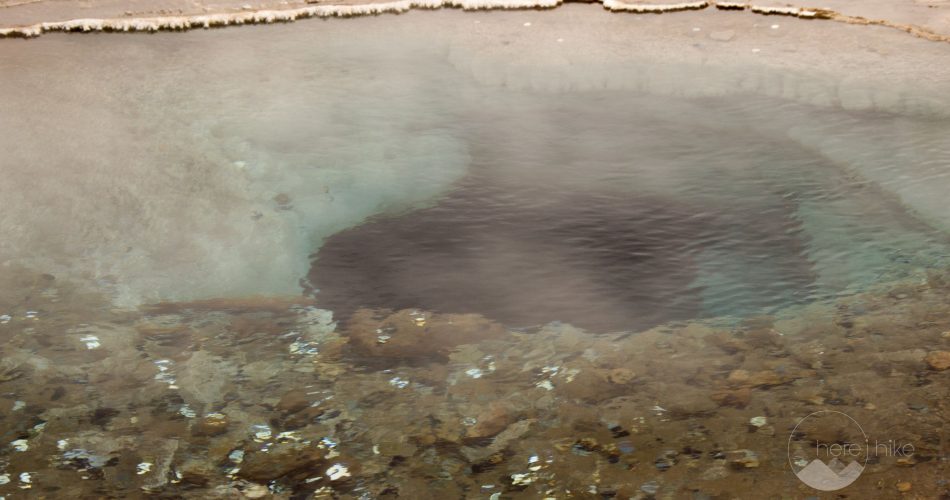

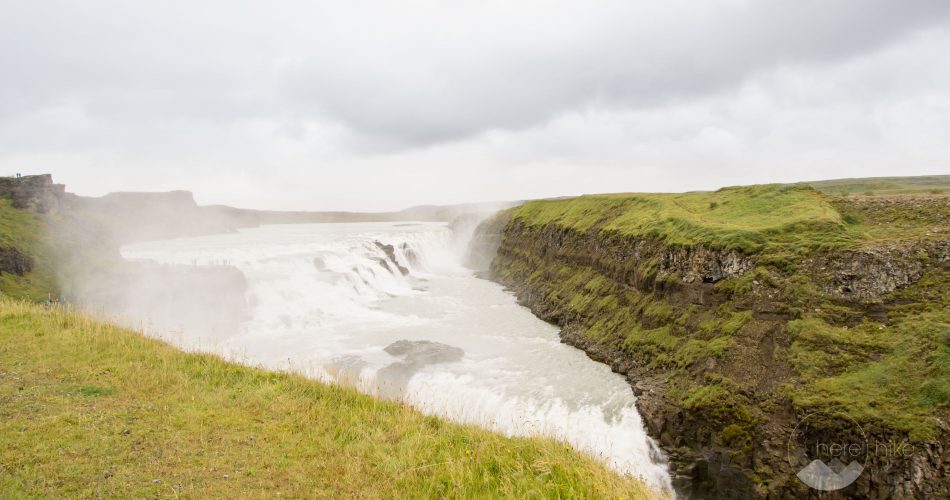
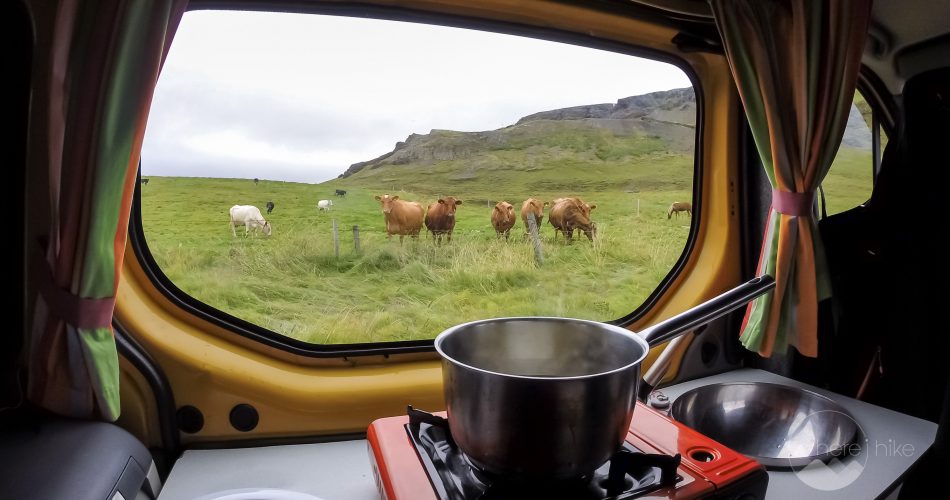

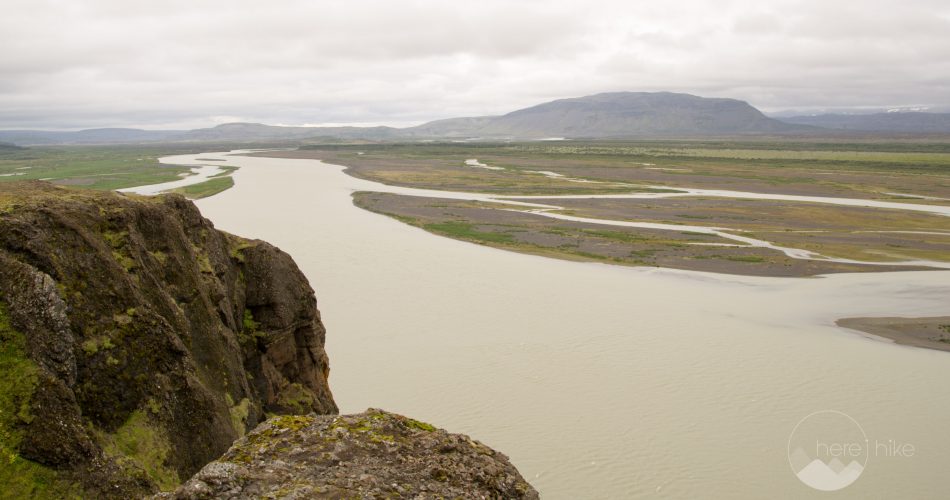
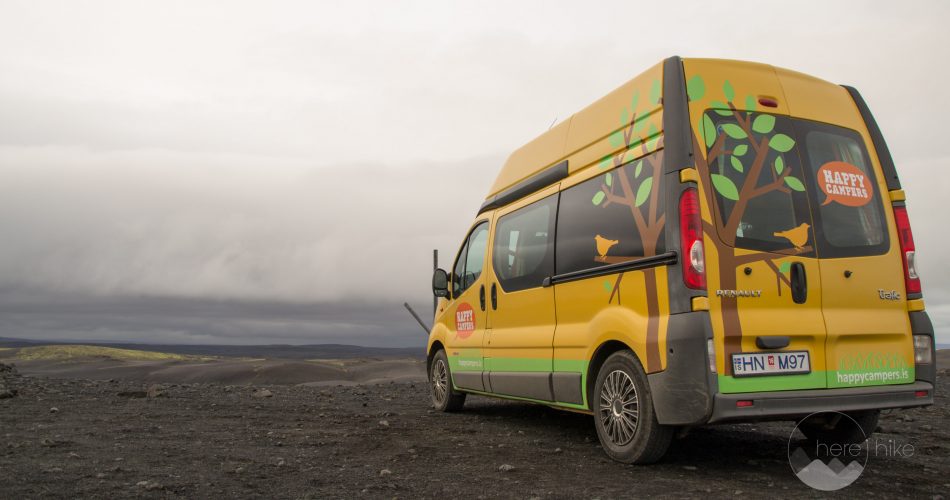
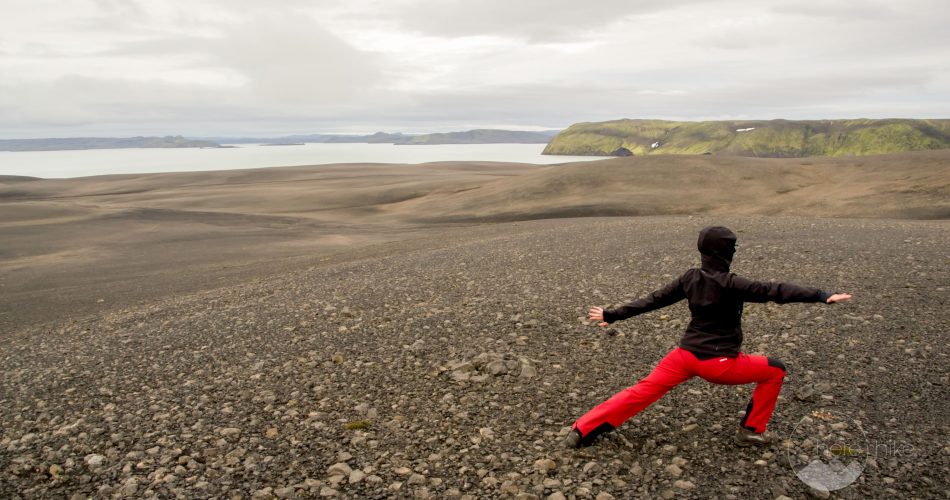

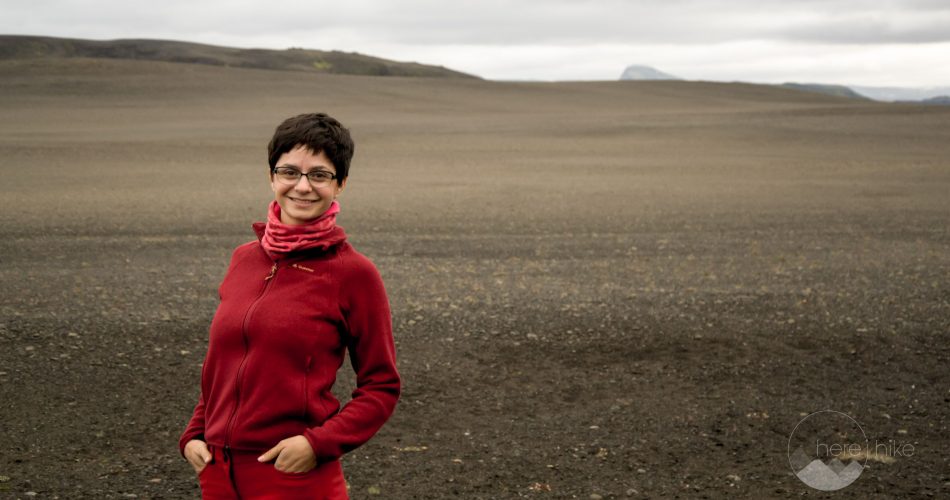
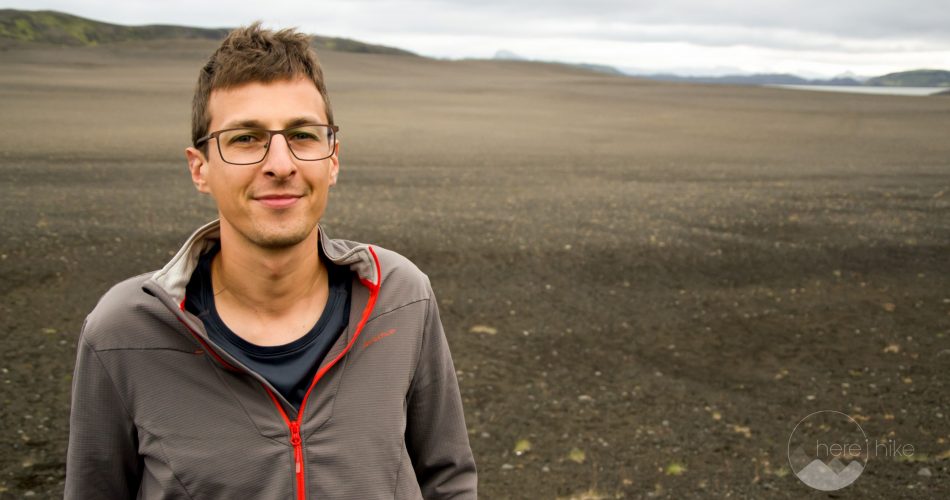
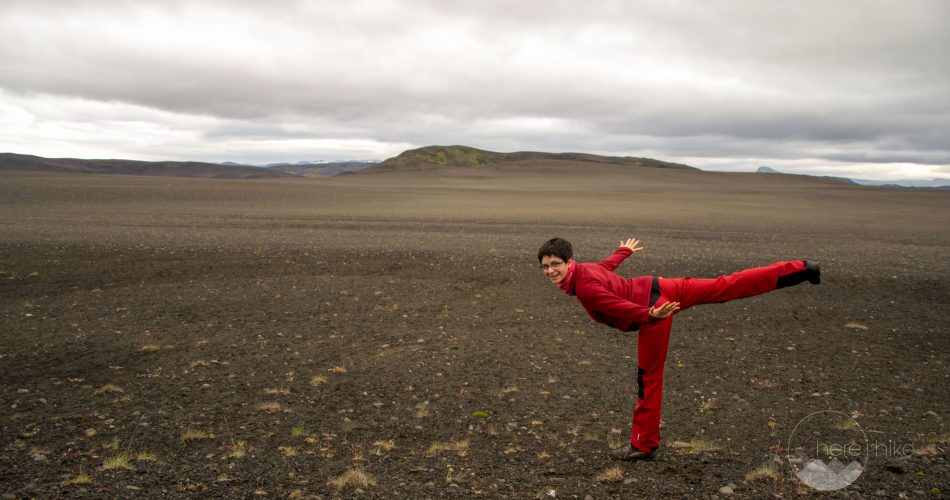
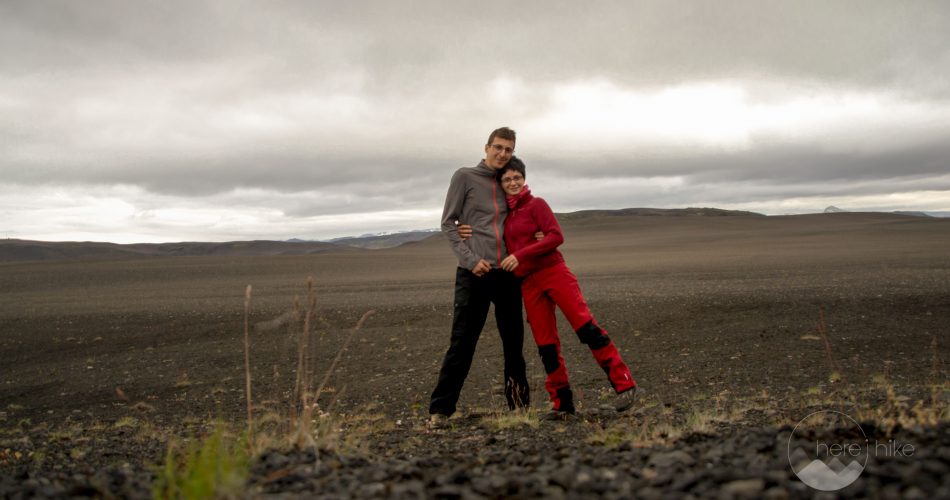

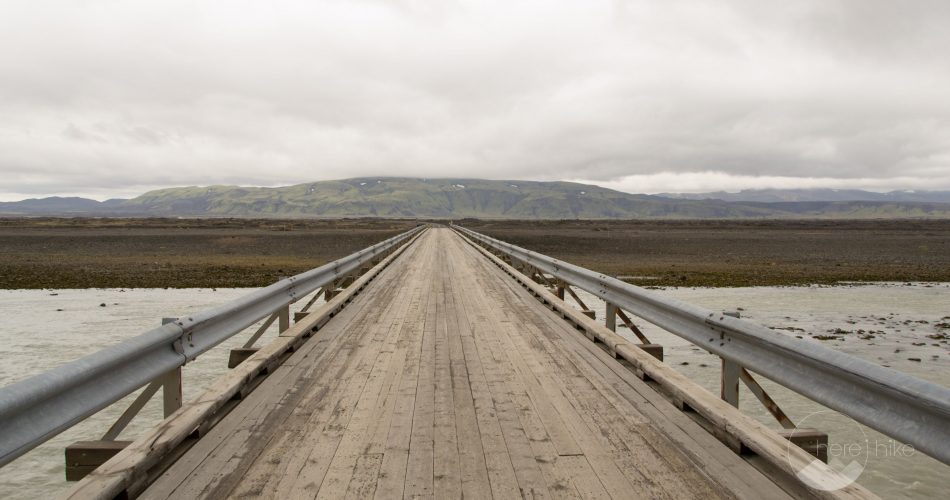

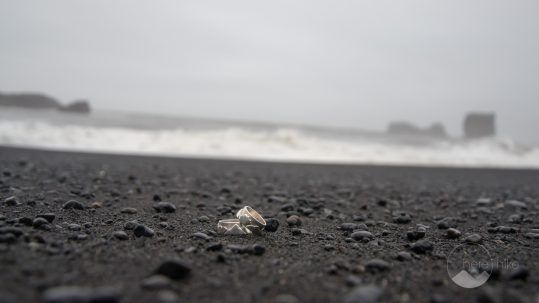


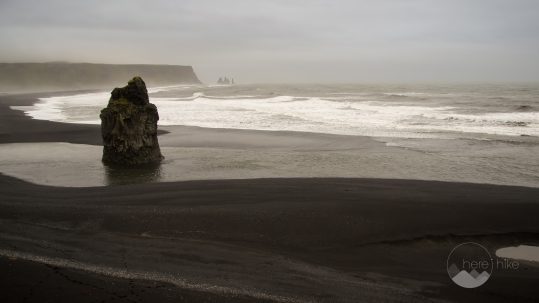
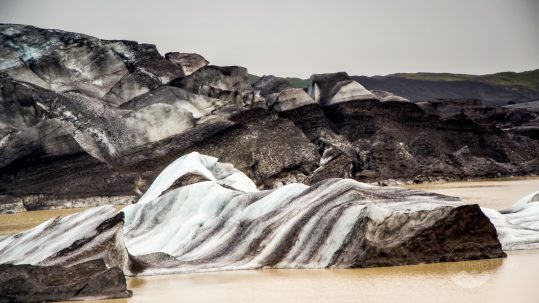
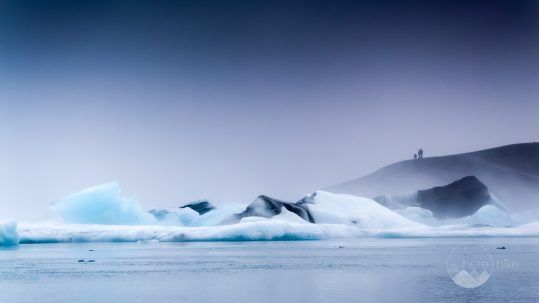

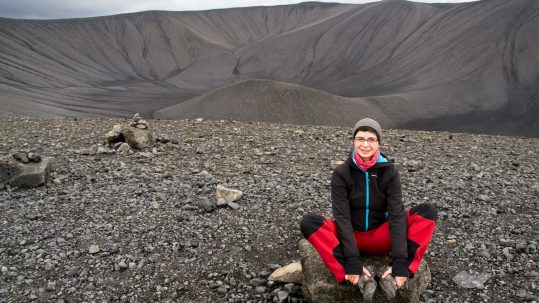
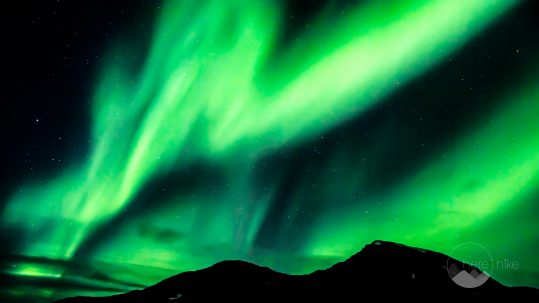
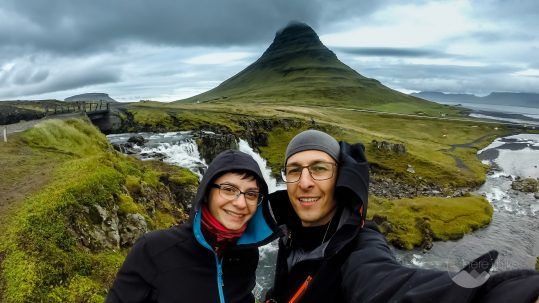
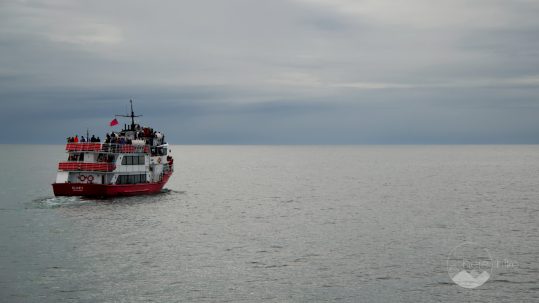
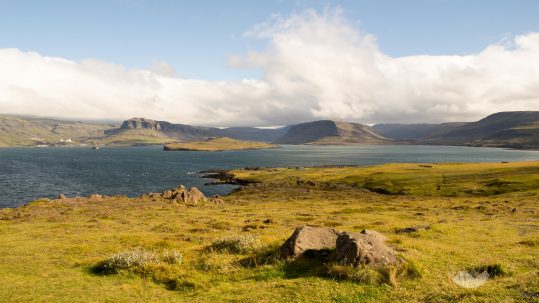
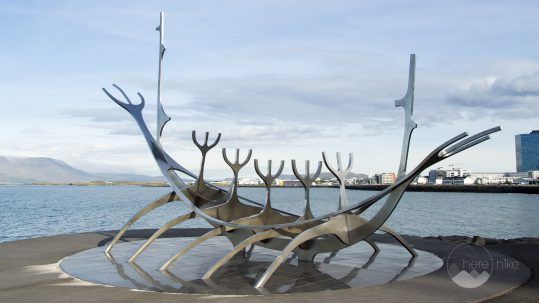
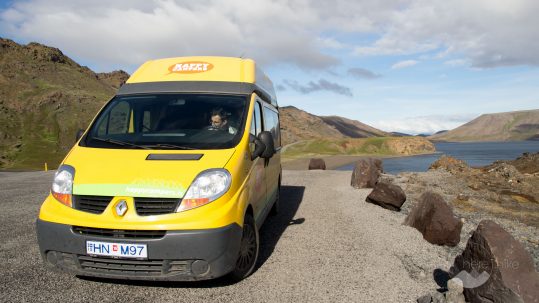

Unknown
Posted at 01:49h, 13 JanuaryHi there!
Love this trip and story such a beauty.
We would like to stop with our campervan at the same spot it isn't a 4×4, I know F-roads are off-road but was this a off-road that non 4×4 can ride on without any problems? How did you manage?
Many greetings
Stijn and Louise
Karina Isar
Posted at 10:34h, 13 JanuaryHello Stijn and Louise,
Thank you for the kind words!
As you saw we also had a campervan … quite a big one 🙂
You are right F roads should be most of the time considered 4X4 off roads but this point where we stopped was super nice and really smooth. Of course we didn't race there but I can easily say that until then point where we stopped there were absolutely no problems to access it by small cars.
Good luck with your trip and do tell us your story when you return! 🙂
Karina & Alex